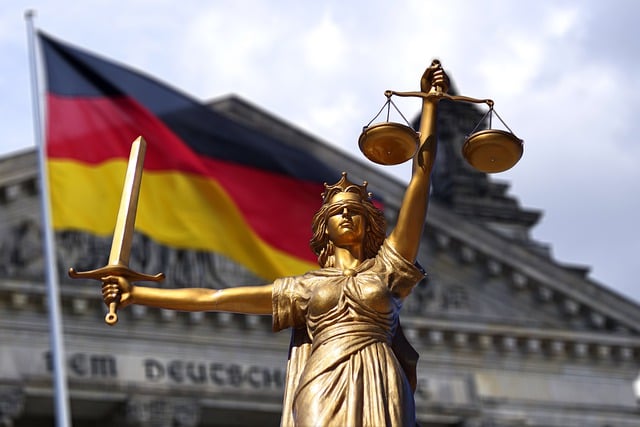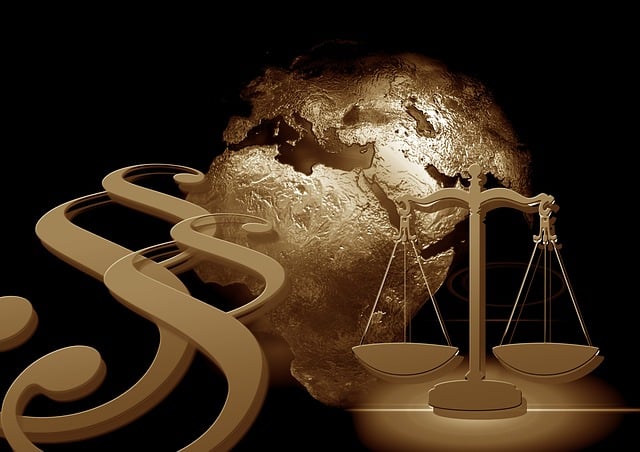The Class Action Lawsuit Settlement Process Explained is a powerful tool for whistleblower protection, encouraging transparency and accountability in organizations. This process involves strategic negotiations to secure justice for whistleblowers while considering all parties' interests. Notable outcomes, like substantial rewards and large settlements, inspire individuals to expose illegal activities, fostering integrity across industries. Engaging specialized legal counsel is key for complex matters, ensuring fair compensation and potential precedents for enhanced legal protections.
“Uncovering the complexities of whistleblower protection lawsuits, this comprehensive guide offers a detailed look at empowering individuals who expose corporate wrongdoings. From understanding foundational laws to navigating the intricate class action lawsuit settlement process, we demystify each step. Explore how these legal actions protect whistleblowers while providing financial remedies. Discover real-world examples of notable settlements, revealing successful strategies for those seeking justice in the face of adversity. Get a clear understanding of your rights and options through this insightful exploration of the class action lawsuit settlement process explained.”
- Understanding Whistleblower Protection Laws
- The Role of Class Action in Protecting Whistleblowers
- Process of Filing a Lawsuit: Step-by-Step
- Settlement Negotiations and Agreements
- Case Studies: Notable Whistleblower Settlements
Understanding Whistleblower Protection Laws

Whistleblower Protection Laws are designed to safeguard individuals who expose illegal or unethical activities within their organizations from retaliation. These laws are crucial in fostering a culture of transparency and accountability, enabling employees to come forward with information that could lead to significant changes or even class action lawsuits. Understanding these protections is essential for both whistleblowers and businesses alike.
The Class Action Lawsuit Settlement Process Explained involves several stages, from the initial reporting of wrongdoing to the ultimate resolution. Whistleblowers who win challenging defense verdicts in these cases not only secure justice but also set precedents that can strengthen future legal protections. Throughout all stages of the investigative and enforcement process, it’s vital for both parties to navigate the complexities with the help of experienced legal counsel, ensuring a fair outcome for all involved.
The Role of Class Action in Protecting Whistleblowers

Class Action Lawsuits play a pivotal role in safeguarding whistleblowers who expose illegal activities within organizations, particularly in cases involving white-collar and economic crimes. This legal strategy allows individuals with shared experiences to band together, creating a powerful force against wrongdoers. By joining forces, whistleblowers can collectively pursue justice and significant financial redress through the class action lawsuit settlement process.
This approach is especially effective as it streamlines the complex all stages of the investigative and enforcement process, from initial disclosure to trial, if necessary. The Class Action Lawsuit Settlement Process Explained involves several steps, ensuring transparency and fair compensation for all participants. This method has proven instrumental in holding corporations accountable for their actions and incentivizing employees to step forward and protect the public interest.
Process of Filing a Lawsuit: Step-by-Step

When it comes to whistleblowing, the process of filing a lawsuit is intricate but necessary. A whistleblower protection lawsuit involves several steps, especially when considering a class action lawsuit settlement. Here’s a step-by-step breakdown:
1. Identification and Preparation: First, identify the violation or wrongdoings that warrant whistleblowing. Gather substantial evidence, including documents, communications, and witness statements. In high-stakes cases, this phase is crucial as it sets the foundation for your claim and could significantly impact potential compensation. Then, consult with an attorney specializing in whistleblower protection to understand your rights and legal options.
2. Filing the Complaint: Next, prepare and file a complaint with the appropriate court. This document outlines the factual allegations, legal basis, and requested relief. In some cases, whistleblowers may file directly, while in others, an attorney will submit it on their behalf. For complex matters involving general criminal defense or impacting philanthropic and political communities, it’s advisable to engage legal counsel with expertise in these areas to navigate the nuances of the law.
Settlement Negotiations and Agreements

In the complex landscape of whistleblower protection lawsuits, settlement negotiations play a pivotal role in resolving disputes between whistleblowers and the entities they expose. The class action lawsuit settlement process involves a series of discussions aimed at reaching an agreement that ensures justice for the whistleblower while also considering the interests of all involved parties. This often results in a mutually beneficial outcome, especially when both corporate and individual clients are part of the negotiations.
These negotiations typically begin with an assessment of the case’s strengths and weaknesses by legal representatives on both sides. The goal is to achieve a settlement that includes the complete dismissal of all charges against the whistleblower. An unprecedented track record in similar cases can significantly influence these discussions, providing leverage for achieving favorable terms. Through strategic communication and creative problem-solving, these negotiations can lead to agreements that protect whistleblowers while fostering responsible corporate conduct.
Case Studies: Notable Whistleblower Settlements

Whistleblower protection lawsuits have seen some notable settlements that set precedents for future cases. One prominent example is a class action lawsuit settlement process explained where employees successfully challenged their employer’s fraudulent practices, resulting in a substantial financial reward. This case not only highlights the importance of whistleblower protections but also demonstrates the power of collective action through a class action lawsuit.
In another high-stakes case, an individual whistleblower took on a powerful corporation, exposing unethical business conduct. The outcome was a significant settlement that not only compensated the whistleblower but also sent a strong message to other organizations about the consequences of corporate misconduct. These winning challenging defense verdicts have inspired more individuals to come forward and play a crucial role in holding corporations and individuals accountable for their actions, fostering transparency and integrity within various industries.
The journey of a whistleblower’s legal fight is complex, but understanding the protections and processes available can empower individuals to stand against injustice. From recognizing whistleblowing activities under protection laws to navigating the detailed steps of filing a lawsuit, this article has provided an insightful guide. Additionally, exploring class action lawsuits and notable settlements showcases the significant impact these cases have on holding organizations accountable. By familiarizing oneself with each stage, from initial understanding to final agreements, individuals can confidently take the necessary legal steps, ensuring a fair and just resolution.






